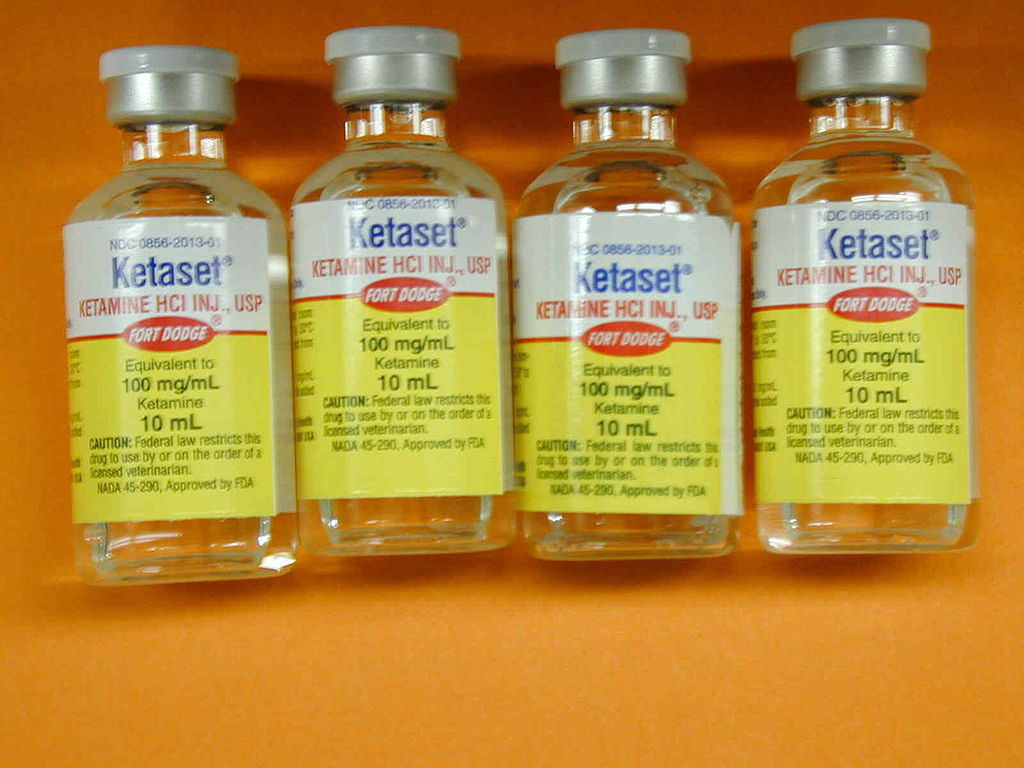No, I Don’t Want a Spinal Cord Stimulator
/By Crystal Lindell, Columnist
There’s a word that my best friend came up with that we now use when someone is being obscenely awful: J-hole.
It’s a mix between a jack [redacted] and an [redacted] hole. Get it? J-hole. You’d be surprised how useful it is. Especially around kids.
And can I just tell you something? The pain specialist I saw yesterday? He was a real J-hole.
I used to think I just had a string of bad luck when it came to doctors and it was some weird coincidence that most of the ones I met were J-holes.
But now I’m starting to wonder if there’s something about the medical profession that has a way of attracting an above average number of J-holes.
Yes, there are good ones. I think I’ve met two of them — in six years with chronic pain. But most of the doctors I see? Well, they’re J-holes. And this guy was one of the ones that prove the rule.
He is obsessed with me getting a spinal cord stimulator. But I do not want to get a spinal cord stimulator. It’s created some friction.
This was only my second time meeting with him. He oversees a local pain clinic where I now get my weekly lidocaine infusions. It’s been great, because before I found this place, I had to drive two hours each way to the closest university hospital for the infusions. And I am too sick to drive afterward, so I was always begging people for rides. This place is about a half hour from my house, and right by my mom’s work, so it’s super convenient.
But every single time I go in, they try to sell me on this spinal cord stimulator thing. And I’m just not interested.
I usually see another doctor, a woman. Technically, I think she’s a nurse practitioner. And she at least has the ability to read a room. She presents the spinal cord stimulator every week like one of those cashiers at Kohl’s who is required by corporate law to ask if you want to sign up for a credit card, but who knows just as well as you do that you’re never going to be interested. And then we both move on.
She’s in Mexico for Christmas though, so yesterday I had to see the J-hole guy. And he’s not someone who likes to hear the word no.
He asked me if I was interested in the stimulator, and I told him I wasn’t. Then he asked why not, so I told him I talked to my primary care doctor and he didn’t recommend it, which was true.
My PCP, who is an internal specialist at a university hospital — so you know, qualified — said I probably wouldn’t get much more relief than I get from the infusions, and that I would probably still need to take hydrocodone.
He also told me that a fair number of the patients he knows who got a stimulator ended up getting infections from it. And so for now, he recommends that I stick with the lidocaine infusions.
I trust this guy. He’s been my PCP for like five years and he has always taken my pain seriously. He’s one of the two doctors I’ve met who is not a J-hole.
And you know what this pain specialist said when I told him what my PCP said?
“Well that guy doesn’t know what he’s talking about.”
Ok. Cool.
So then I told him that I write for a pain site online and I’m pretty connected to the pain community and I have heard nothing but bad things about these stimulators. They’re hard to remove. The batteries die. They don’t work that well.
His response to that was, “You can’t believe everything you read online.”
Always a good thing to say to someone who just told you they write for an online publication, am I right? My sister was in the room and told me later she wanted to laugh in his face when he said that.
Then he tried to lecture me about getting weekly infusions and said insurance wasn’t going to be willing to cover those forever, and in my head I was like, OK, did my insurance tell you that? Or are you just annoyed that I come in here every single week and give you hundreds of dollars in revenue for what is basically a simple IV, and you would prefer that I stop? Because I can always go back to the hospital for infusions, where they at least offered me graham crackers every week.
His main selling point was that the stimulator would free up my life, so that I wouldn’t have to deal with the weekly infusions. It’s an argument that makes sense to healthy people, but what he doesn’t understand is that the infusions are what have freed up my life.
Before the lidocaine, I was lucky to get one good day a year. Now I spend one day each week dealing with an IV drug that makes me nauseous and tired and then I get the whole rest of the week to live my best life. It’s amazing! Plus, I get the added benefit of not having to have surgery on my spine.
Look, at the end of the day, the idea of getting something implanted into my spine just doesn’t sit well with me, even if complications are rare. Especially since I have a bad habit of having rare medical issues.
And it’s hard to take a doctor seriously when you know he stands to make thousands of dollars if I get the stimulator. But for now, I’m stuck going to this pain clinic for my infusions because everyone else in town says they are too risky to do.
But no, I’m not going to be getting a spinal cord stimulator. Maybe I’ll change my mind though. After all, you can’t believe everything you read online.
Crystal Lindell is a journalist who lives in Illinois. She loves Taco Bell, watching "Burn Notice" episodes on Netflix and Snicker's Bites. She has had intercostal neuralgia since February 2013.
Crystal writes about it on her blog, “The Only Certainty is Bad Grammar.”
The information in this column should not be considered as professional medical advice, diagnosis or treatment. It is for informational purposes only and represent the author’s opinions alone. It does not inherently express or reflect the views, opinions and/or positions of Pain News Network.

















